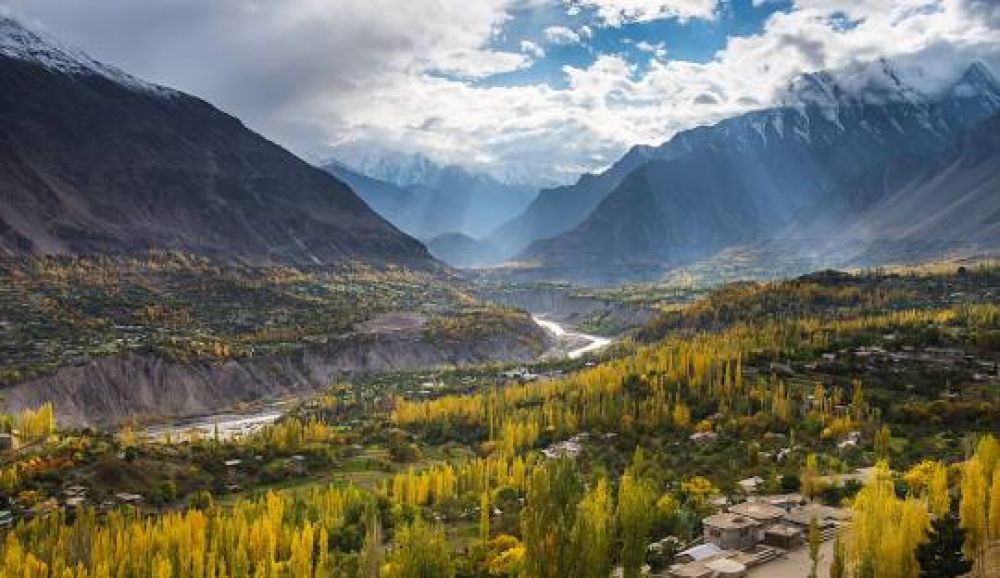In Hunza Valley, tourists can enjoy traditional local cuisine which is known for its health benefits and simplicity. Dishes often use organic, locally-sourced ingredients, and include staples like chapshuro (meat pie), mamtu (dumplings), apricot cake, and various whole grain breads. International cuisine may also be available in the larger hotels and restaurants.

